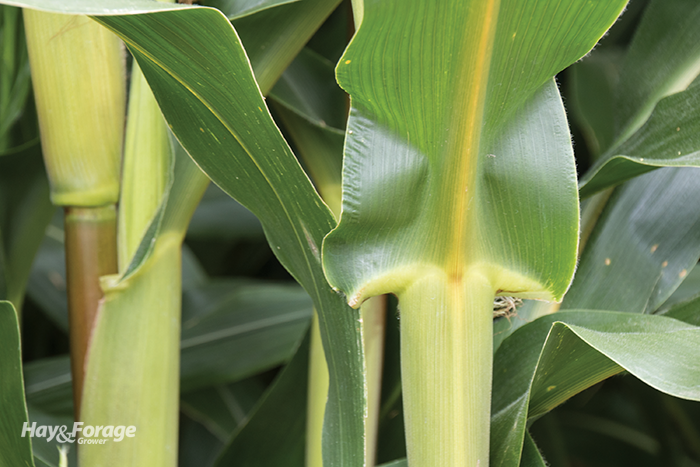
Brown midrib (BMR) corn has been a staple feed on many dairy farms since the mid-1990s. These hybrids generally have a lower lignin content and higher fiber digestibility than conventional hybrids. Nutritional studies have helped show farmers how BMR corn silage can best be used in a dairy cow’s diet to provide the greatest return.
Some of the early BMR hybrids had inherent agronomic problems, but over the years, improvements were made. Still, they have never been able to match the tonnage of the best conventional corn hybrids.
Through the years, brand marketing of BMR corn has changed with company mergers and buyouts. Lately, it’s been Corteva and their associated brands (Pioneer, Brevant, and Dairyland Seed). Last week, Corteva announced that they would be phasing out BMR offerings, stating that the final year of BMR sales will occur no later than the 2030 growing season. No shift in product offerings will occur for 2025.
In the short term, it sounds as though Corteva will continue to produce existing BMR hybrids if demand remains above a critical level; however, there won’t be any new BMR hybrid offerings moving forward.
According to one company spokesperson, the sales of BMR hybrids have been lagging compared to their other conventional silage hybrids that offer higher tonnage and comparable quality. It is also proved more difficult to incorporate some of the newer traits into BMR hybrids. Corteva claims that the yield gap between BMRs and conventional hybrids is widening, not so much because the BMRs are yielding less, but because non-BMR hybrids are yielding more.
Market dynamics
There are a little over 90 million acres of corn planted in the United States. Of those acres, a little over 6 million are harvested as silage, or 6.7%. Of the silage acres, a significant amount (maybe 40% to 50%) is harvested for beef cattle, and virtually none of those acres comprise BMR hybrids. The remaining acres are for dairy cattle, and a small percentage comprises the BMR market. Of course, that BMR market, though comparatively small, is made up of a loyal customer base.
Many dairy nutritionists prefer to include BMR hybrids into the rations they formulate for high-producing dairy cows. Feeding BMR corn silage provides a much lower or no economic return for cows milking on the back half of their lactation. This means that BMR corn silage is best utilized when it can be stored separate from conventional corn silage. On many large dairies, this becomes an issue if feed pad or bunker space isn’t available for segregated storage. It is also one reason cited for the trending lag in BMR hybrid sales as dairies balloon in size.
In 2023, Corteva sold its alfalfa breeding program to DLF, a worldwide company previously known primarily for its grass-breeding and marketing efforts. Unlike that move, it doesn’t sound as if Corteva is motivated to sell off its BMR corn breeding program, preferring just a phaseout strategy.

